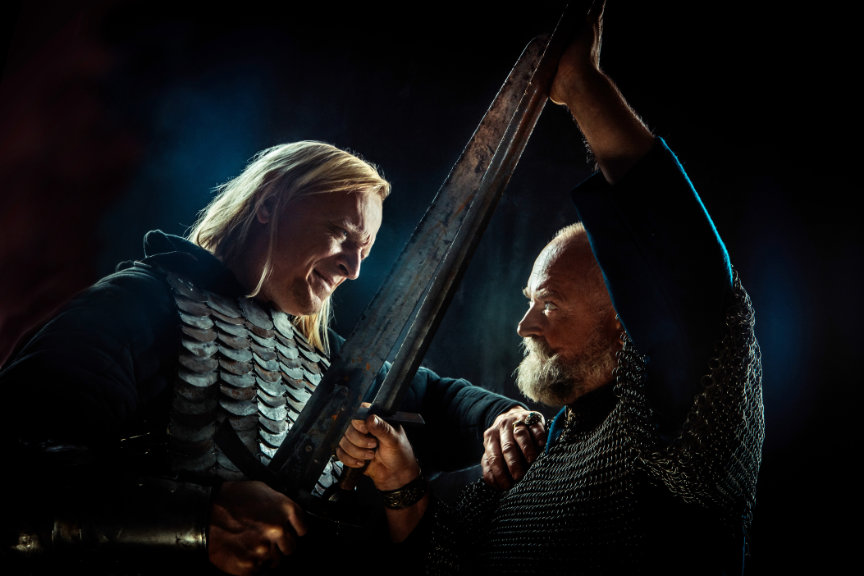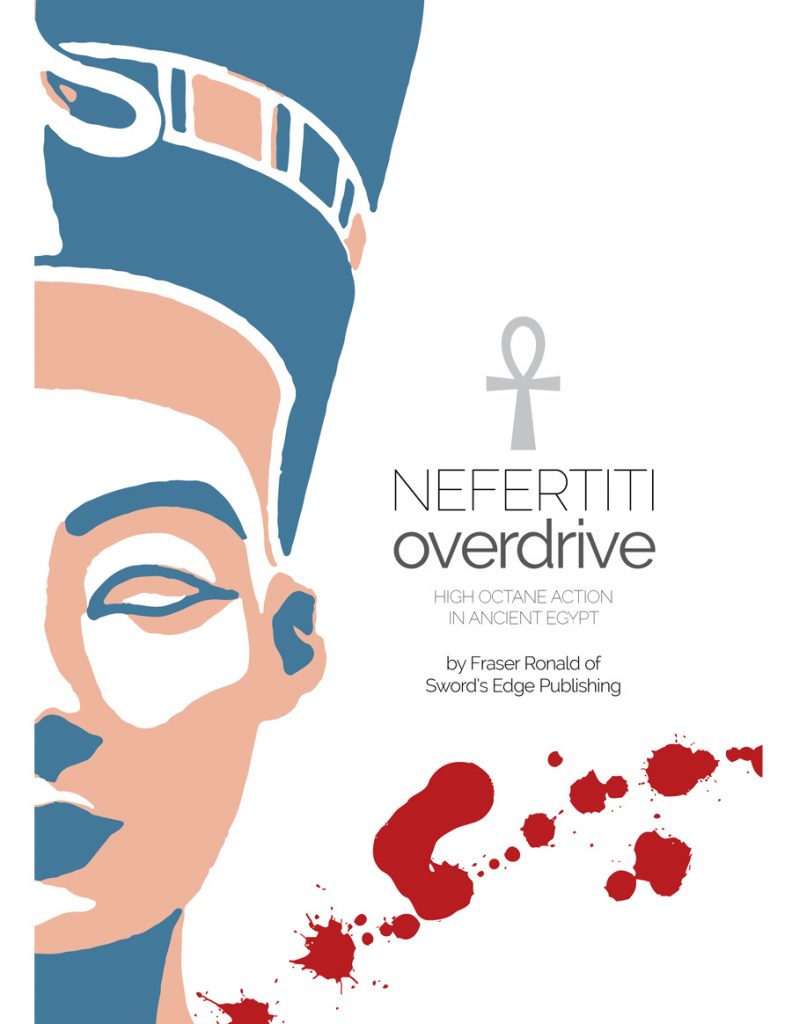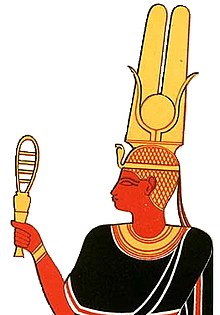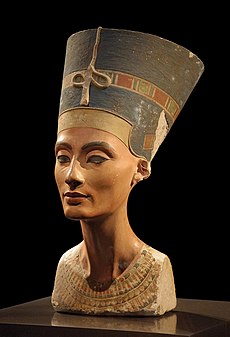 So we talked about how I generally come up with the situation in my one-page adventures. In our first playtest for Centurion: Legionaries of Rome (the Kickstarter is funded but help me make at least one stretch goal), I chose a Late Republic game set in Spain/Hispania. Here’s the Situation section:
So we talked about how I generally come up with the situation in my one-page adventures. In our first playtest for Centurion: Legionaries of Rome (the Kickstarter is funded but help me make at least one stretch goal), I chose a Late Republic game set in Spain/Hispania. Here’s the Situation section:
In 156 BCE (one year before the Lusitani revolt which led to the Lusitanian War), the PCs are linked to a junior tribune in V Legio based in Corduba (modern Cordoba) under Proconsul L. Aurelius Orestes. An ex-legionary now merchant in the city has been paid off by a tribal leader among the Lusitani to sell poisoned food to the Romans. At the outset, no one knows how the men are dying, but sickness is rampant and a plague is suspected. The tribune is ordered to investigate, and he turns to the PCs to find out what is going on.
The second part of my one-pager format is Places. This section refers to a couple of interesting sites that the action should take place in or around. One of the places I chose is right there in the Situation: Corduba – New Carthage. We know the place as Cordoba, and it continued to be an important part of Spanish history, so I thought it would be fun to set the adventure there, in a city that had a couple of thousand years of intrigue and political machinations in its future.
Generally, the Places in a one-pager have a hook that links them into the adventure, but both Places in the original playtest were more about general setting than special encounters or action. For Corduba, I wrote:
Corduba – capital of Hispania Ulterior (Far Hispania). As with most provincial capitals, this town has been laid out like a legion camp, so it has east-west and north-south roads, along with an earthen wall topped with a wood palisade. It exists beside the far less organized and geometric Iberian town founded by Hamilcar Barca in the late 3rd century BCE as Kartjuba. Two legions are present in Corduba under the proconsul.
Again, this is pretty much cribbed straight from Wikipedia. There wasn’t a whole heck of a lot of research that went into it. Maybe that too much of a glimpse of the sausage getting made, but I’m being honest here – historical gaming doesn’t need to be that difficult.
The second setting in Places was the province itself. I used these two in places mostly because I am not as conversant with this place and time in Roman history as I am with some others. I encapsulated what I thought was essential for my knowledge into a concise paragraph. It worked. It was all I needed.
Hispania Ulterior – Far Hispania is along the south-east and southern coast of the Iberian Peninsula. The province has been at peace since Carthage’s defeat in 201 BCE. Although the Celtiberian tribes within the province have been quiet, the Romans know that they have not been fully assimilated, and so the legions remain. Raiding into the province from the Celtiberian tribes along the borders, such as the Lusitani and the Vettones.
After Places, I have People. These are the major NPCs, good-guys and bad, that are going to help move the plot forward, or support the PCs as they do so. These characters are a mix of actual historical figures (most of the Celt Iberians) and totally made-up dudes whose names might not even be historically accurate (I’m not good at identifying in which period certain names were used).
I used the history of the time and the Lusitanian Rebellion to decide who I needed to move my conspiracy forward, then I tried to decide who in the legions the PCs might consult or interrogate. There was very little difference between what I do for any other game – from D&D to Covert Forces – and what I did here, other than having history as a backdrop and inspiration.
And an important thing that I learned is that historical names can be much, much worse than any consonant-riddled, constructed fantasy name.
Given all that, here’s the cast of characters I cooked up.
1. Quintus Cincius Salvius: A legionary who retired to Corduba. He had lost his farm after a stretch of six years in the legions, and that left him pretty bitter. He left behind a wife and children in Roman Italy. He now has a wife, Sicounin of the Turduli tribe of the Lusitani, and sister of Sosinbiuru, a Turduli war-leader.
2. Sosinbiuru: A war-leader among the Turduli tribe of the Lusitani, Sosinbiuru is an ally of Viriathus, the Lusitani leader creating a confederacy to fight Rome. Sosinbiuru has a camp on the western borders of Hispania Ulterior, and his confederate, Terkinos, maintains a rebel faction within Kartjuba.
3. Terkinos: A confederate of Sosinbiuru and a warrior of the Turduli, Terkinos is Susinbiuru’s contact with Quintus and Sicounin. He passes himself off as a grain merchant, which explains his regular contact with Quintus.
4. Titus Didius Iustus: The signifier (standard-bearer) of the 1 Centuria of V Legio, he acts as the senior commissary, and is the one who deals with Quintus for grain and other food.
5. Marcus Carvilius Narses: The medic for 1 Centuria in V Legio. He’s almost 50 (not absolutely certain of his age) and has seen a lot of action. He does not believe the sickness is a plague, but the symptoms are like poisoning.
6. Urcebas of the Turduli: Urcebas is the confederate of Tureno, Susinbiuru’s rival in the Turduli tribe. He is in Kartjuba to spy on Terkinos. If he can foil Terkinos without word getting back to Sosinbiuru, he’ll do it.
7. Korribilo of the Vasconnes. Kooibilio is the chieftain of the Vasconnes, a Celtiberian tribe allied to the Romans. He commands a forces of auxiliaries attached to V Legio. His warriors are known as exceptionally capable and professional.
And there you have it. That is the total of the one-pager that I used in the first playtest. I am comfortable creating on the fly, and I had some other resources with me to help me, including lists of names for the various cultures that were interacting – Roman, Celt-Iberian, and Carthaginian.
The time spent reading to create this one-pager helped to immerse me more deeply than the one page might indicate, so while the one-pager was my guide, I also had gained a lot of knowledge of the setting and events during the prep phase. You might want to print off some of the on-line resources you used (*cough* Wikipedia *cough*) or photocopy particularly helpful pages from a physical reference you might have used, highlighting important passages.
The prep was honestly not much more than I would do for a game of Sword Noir, and about on par for the prep in my Vikings campaign that led into the creation of Kiss My Axe, so don’t get intimidated with historical gaming. A lot of the work is already done for you!
Go support the Centurion: Legionaries of Rome Kickstarter campaign here.
Interested in the games mentioned in this post? Get your own copy of Covert Forces Redux, Sword Noir: a Role-Playing Game of Hardboiled Sword & Sorcery, or Kiss My Axe: Thirteen Warriors and an Angel of Death at RPG Now.
For research, Wikipedia has got you covered.
You can see the first post, “Creating Centurion Adventures: the Situation”, here.



 Episode 20: “The Anglo-Saxon Migration, the North Sea World, and the Birth of England” got me thinking of Great Britain in the fifth century. Now, this period has been mined pretty extensively, but generally as it relates to King Arthur. Patrick Wyman, the host, had previously mentioned Riothamus, a possible candidate for the historical Arthur, but other than an offhand reference to this being the period of Arthur, he focuses on the much more interesting – for me – topic of the Anglo-Saxon culture and the history and process of migration.
Episode 20: “The Anglo-Saxon Migration, the North Sea World, and the Birth of England” got me thinking of Great Britain in the fifth century. Now, this period has been mined pretty extensively, but generally as it relates to King Arthur. Patrick Wyman, the host, had previously mentioned Riothamus, a possible candidate for the historical Arthur, but other than an offhand reference to this being the period of Arthur, he focuses on the much more interesting – for me – topic of the Anglo-Saxon culture and the history and process of migration. I’m thinking of a game in which the PCs arrive in post-Roman Britain around 420 or so, and follow this group of mercenaries as they rise to positions of power and prestige. This version of Britain would include the supernatural aspects that we now consider superstition, and I would be interested in referencing the religious friction of the heathen Saxons vs. the Christian Romano-British.
I’m thinking of a game in which the PCs arrive in post-Roman Britain around 420 or so, and follow this group of mercenaries as they rise to positions of power and prestige. This version of Britain would include the supernatural aspects that we now consider superstition, and I would be interested in referencing the religious friction of the heathen Saxons vs. the Christian Romano-British. With the start of a new course right around the corner, I haven’t wasted the two months I took off from my MA program. Starship Commandos is right around the corner and a few months after that will be an updated version of the Sword’s Edge System, now just titled Sword’s Edge RPG. I had started to update Sword Noir and then realized I really should update the core before I did the variants. Sword’s Edge is the core of both Sword Noir and Kiss My Axe, so they will be updated after Sword’s Edge is out. Since I will be studying at the time, that work will go slower, but it will get done.
With the start of a new course right around the corner, I haven’t wasted the two months I took off from my MA program. Starship Commandos is right around the corner and a few months after that will be an updated version of the Sword’s Edge System, now just titled Sword’s Edge RPG. I had started to update Sword Noir and then realized I really should update the core before I did the variants. Sword’s Edge is the core of both Sword Noir and Kiss My Axe, so they will be updated after Sword’s Edge is out. Since I will be studying at the time, that work will go slower, but it will get done.



 The continuing thread that runs through all my game designs starting with Sword Noir: A Role-Playing Game of Hardboiled Sword & Sorcery has been simplicity. None of my games from Sword Noir on have had more than 20 pages of rules. Examples expanded Sword Noir and Centurion: Legionaries of Rome slightly out of the 20 page milestone, but the mechanics have been pretty compact.
The continuing thread that runs through all my game designs starting with Sword Noir: A Role-Playing Game of Hardboiled Sword & Sorcery has been simplicity. None of my games from Sword Noir on have had more than 20 pages of rules. Examples expanded Sword Noir and Centurion: Legionaries of Rome slightly out of the 20 page milestone, but the mechanics have been pretty compact. I wanted to get back to a system in which the GM does very little mechanical adjudication. In Sword Noir and Kiss My Axe: Thirteen Warriors and an Angel of Death, both built with the Sword’s Edge System, the GM does no dice-rolling. Everything is a target number which the GM decides beforehand. In a sandbox game, these numbers need to be assigned during the game, so there is some mechanical adjudication, but not as much as with Centurion or Nefertiti Overdrive, in which the GM is rolling dice along with the players. I want to be able to focus on the game and the story rather than the mechanics or how many dice I am using.
I wanted to get back to a system in which the GM does very little mechanical adjudication. In Sword Noir and Kiss My Axe: Thirteen Warriors and an Angel of Death, both built with the Sword’s Edge System, the GM does no dice-rolling. Everything is a target number which the GM decides beforehand. In a sandbox game, these numbers need to be assigned during the game, so there is some mechanical adjudication, but not as much as with Centurion or Nefertiti Overdrive, in which the GM is rolling dice along with the players. I want to be able to focus on the game and the story rather than the mechanics or how many dice I am using. One of the Princess’ Elements is Inspired. Becca wanted to use that to have the Princess touched by the Gods, maybe even get a little pyrotechnics going on to put the fear of Them into the attacking Assyrians.
One of the Princess’ Elements is Inspired. Becca wanted to use that to have the Princess touched by the Gods, maybe even get a little pyrotechnics going on to put the fear of Them into the attacking Assyrians.

